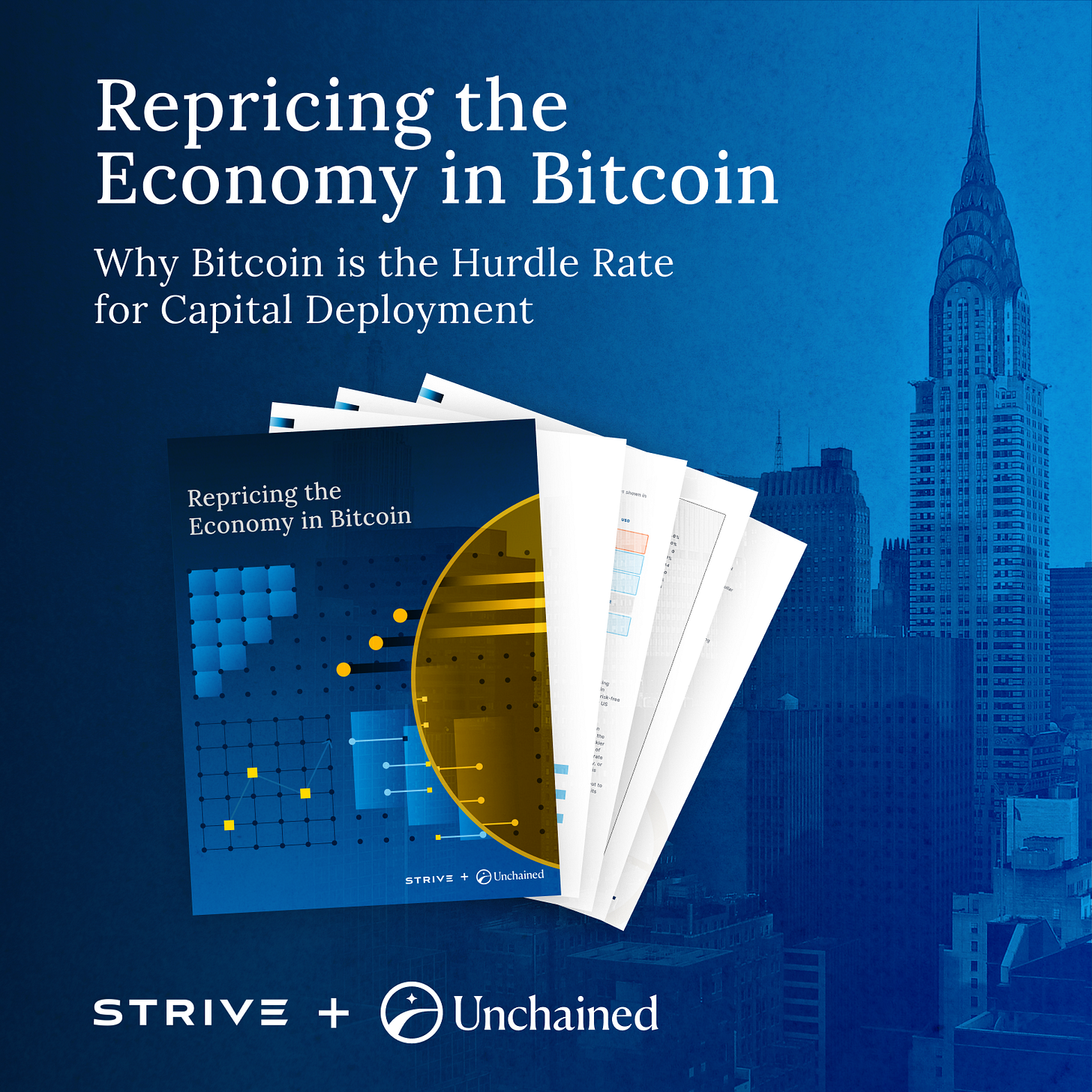Today, we want to explore what the future might hold for liquidity metrics that matter. The Bitcoin Layer has already introduced its own TBL Liquidity Index. However, as the geopolitical, economic, and technical landscapes continue to evolve rapidly, we aim to think proactively and look ahead.
In this letter, we also want to revisit the concept of Funding Rates and why they remain essential to monitor. When combined with on-chain indicators like the Spent Output Profit Ratio (SOPR), these metrics offer valuable insight into how market participants are behaving in real time. Together, they help decode the underlying dynamics of supply and demand in the Bitcoin ecosystem.
Stablecoin Liquidity
Before we dive in, we want to emphasize that this is an exploration of new ideas in tracking market dynamics. Our goal is to better understand the underlying forces at play, think through potential correlations and causalities, and test these ideas against real-time price action. This process will help us determine whether our framework holds up, or if it needs to go back to the workshop for recalibration—or perhaps a complete rethink. We’d like to involve you in this journey. Your insights, feedback, and observations are invaluable as we continue to develop and refine our approach.
The Trump Administration has been vocal about its pro-bitcoin and pro-stablecoin stance as part of efforts to maintain the global dominance of the US dollar. Tether is notably a significant holder of US Treasuries, and favorable stablecoin regulations could further enhance demand for US Treasuries by creating an even larger buyer pool.
Tether (USDT) and Circle (USDC) currently have the largest market capitalizations among stablecoins. Their dynamics function entirely opposite to bitcoin. When there's a demand imbalance, balance restoration can happen through two mechanisms:
Keeping the price per unit stable and adjusting the number of units.
Keeping the number of units stable and adjusting the price per unit.
Stablecoin issuers maintain their tokens pegged to the US dollar, thus adjusting the circulating supply rather than the price. Bitcoin has, as you know, a fixed number of units, so the price needs to adjust to restore a demand imbalance.
Interestingly, the stablecoin market capitalization chart resembles the trajectory of the M2 money supply—it generally trends upward, occasionally stabilizing, and only rarely decreasing.
A notable decrease occurred in 2022 following the collapse of Terra Luna, as investors exited the crypto market. Investors cannot directly purchase US stocks or T-Bills with stablecoins like USDT; they must first convert these tokens into traditional dollars before reallocating their assets.
To better understand market signals, we analyze the rolling 30-day changes in stablecoin market capitalization. This clearly shows that the acceleration in market cap often aligns with movements in bitcoin's price.
We believe bitcoin and stablecoin liquidity reinforce each other. By that, we mean there isn’t a clear direction in which money always flows. One can make the case that the stablecoin liquidity increases because investors need it to buy bitcoin with it (which isn’t the case anymore nowadays). One could also make the argument that wealth is being kept in stablecoins because it’s easier to transfer across borders, or, like bitcoin, it is also a way to hedge against inflation of local currencies, and so money finds its way into stablecoins faster than into bitcoin. Given bitcoin's current dominance at around 62%, liquidity flows primarily into bitcoin rather than the broader cryptomarket.
In November 2024, stablecoin liquidity surged significantly following President Trump's election and his pro-digital asset campaign. After a brief consolidation in January, another liquidity boost coincided with Bitcoin's renewed push towards new all-time highs. However, a divergence appeared in March, with Bitcoin's price dropping sharply while stablecoin liquidity continued to rise. Currently, Bitcoin has returned to the $90k–$100k range, attempting to accumulate enough momentum to overcome resistance and move into price discovery territory.
Stop asking how to value bitcoin. Start asking how to value everything else in bitcoin.
A new report from Unchained and Strive shows why companies and investors should shift their lens—and start benchmarking performance in bitcoin.
The Financial Freedom Report is a weekly newsletter from the Human Rights Foundation (HRF) that tracks how authoritarian regimes weaponize money to control their populations and suppress dissent. It also spotlights how freedom technologies like Bitcoin are helping everyday people reclaim their financial independence and freedom.
A one-of-a-kind newsletter connecting the dots between financial repression, geopolitics, and emerging tech.
Smart macro analysts don’t just watch the Fed. They watch the world.
Funding Rates
Funding rates in the Bitcoin ecosystem are associated with perpetual futures contracts. Technically, these instruments resemble swaps more than traditional futures. Traditional futures contracts have an expiration date, whereas perpetual futures contracts do not—hence the term "perpetual." To avoid confusion with futures, we'll refer to these perpetual contracts simply as "perps" or "swaps."
We love explaining the "why" because once you grasp the reasoning, the rest naturally falls into place.









